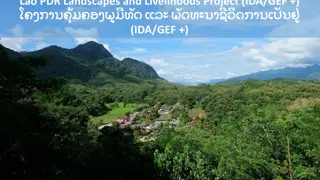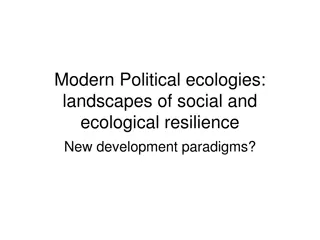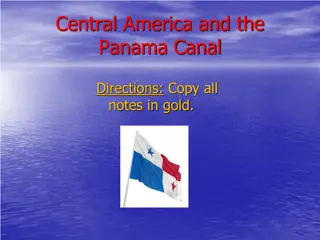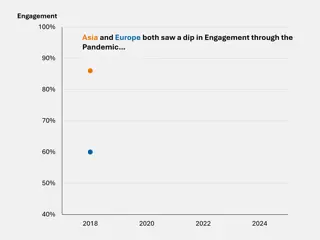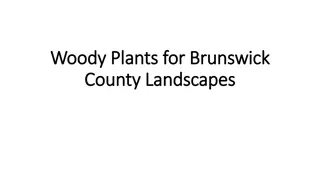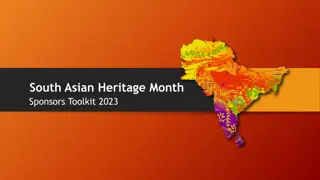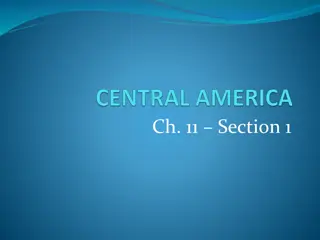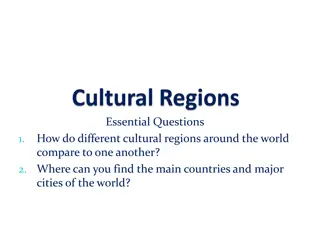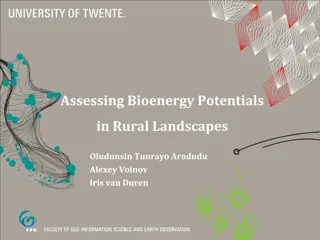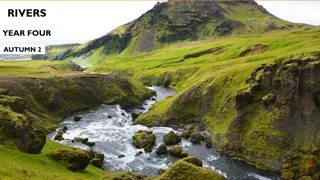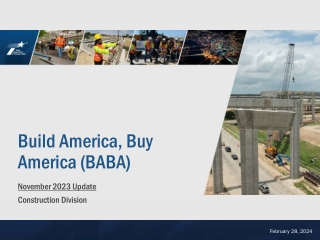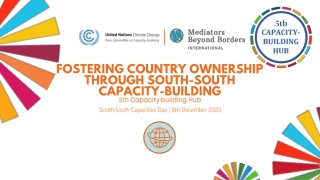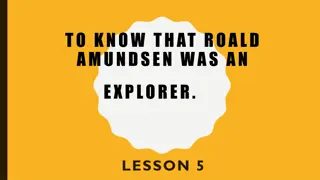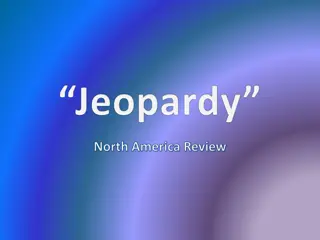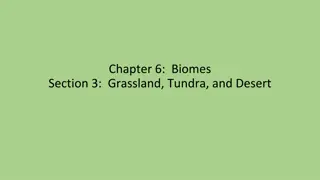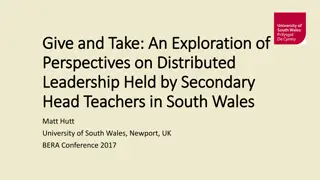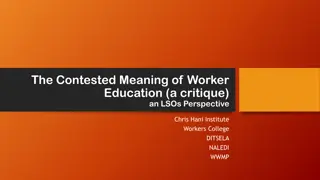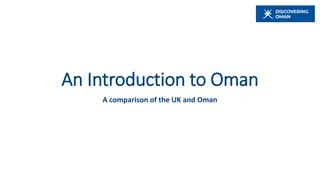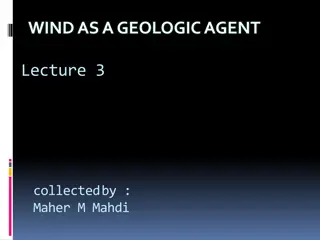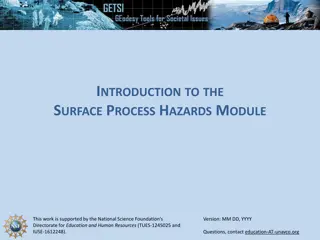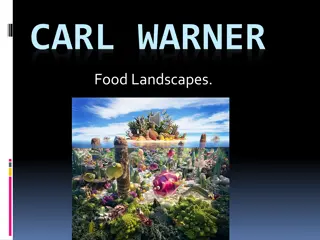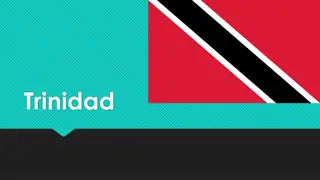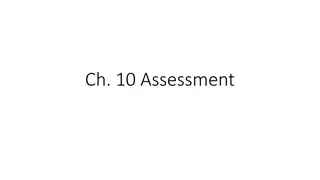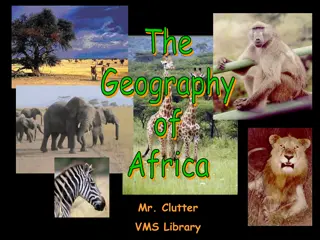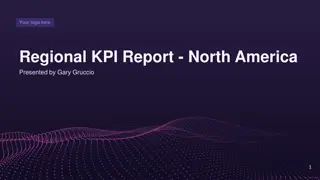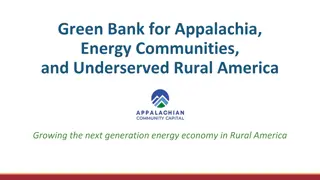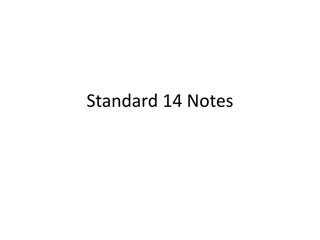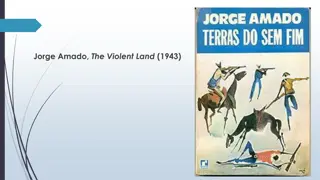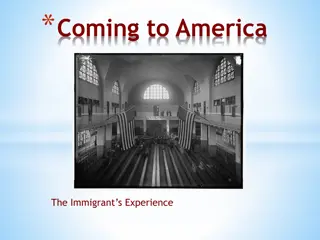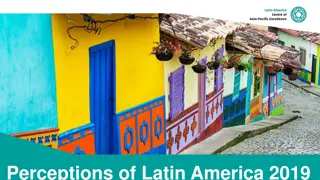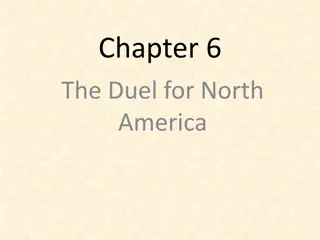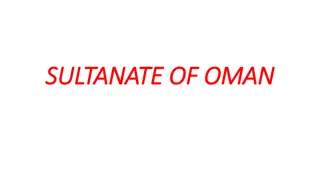Exploring the Diverse Landscapes of South America
South America boasts a varied topography, from the majestic Andes mountains to the expansive Amazon River basin. Its rugged landscapes have both attracted and isolated communities over time. Discover the high plains of the Altiplano, the arid beauty of Patagonia, and the lush grasslands of the llanos and pampas. Learn about the Amazon River, the second-largest river system in South America, and the unique climate zones that shape the continent.
Download Presentation

Please find below an Image/Link to download the presentation.
The content on the website is provided AS IS for your information and personal use only. It may not be sold, licensed, or shared on other websites without obtaining consent from the author. Download presentation by click this link. If you encounter any issues during the download, it is possible that the publisher has removed the file from their server.
E N D
Presentation Transcript
CHAPTER 9: SOUTH AMERICA From the wettest jungle to the driest desert South America has it all!
SECTION 1: PHYSICAL GEOGRAPHY How has South America s rugged landscape both attracted and isolated people?
MOUNTAINS Andes mountains: world s longest mountain chain Consist of CORDILLERAS: parallel chains or ranges of mountains An extension of the Rockies Created isolated groups
ALTIPLANO Andes encircle the ALTIPLANO: high plain ; includes southeastern Peru and western Bolivia 2ndlargest mt. plateau in the world
PATAGONIA Southern Argentina Andes create a rain shadow: makes it very dry and windy Contains valleys, glaciers, and fjords Extends into southern Chile
HIGHLANDS Brazilian Highlands Taper into Eastern Highlands---form a steep ESCARPMENT: cliff or slope btwna higher and lower land surface
GRASSLANDS LLANOS: fertile grasslands found in inland areas of Colombia and Venezuela PAMPAS: grassy, treeless plains of southern South America found mostly in Argentina and Uruguay
AMAZON RIVER Begins on eastern edge of the Andes Largest river basin in world: Covers c. 40% of South America (2,722,000 sq. miles); 4195 miles long
OTHER RIVERS Paran , Paraguay, and Uruguay rivers form 2ndlargest river system in S.A. Flow into the Rio de la Plata and then into Atlantic Ocean
LAKES Lake Maracaibo in Venezuela Lake Titicaca: border of Bolivia and Peru---world s highest large lake
CLIMATE Vertical climate zones El Ni o affects west coast Tropical Wet (rain forest) and tropical wet/dry (savanna) make up most of eastern S.A. Atacama Desert: along Pacific coast of Peru and Chile---created by Peru Current So dry, some places have never recorded rainfall Fog (camanchaca) is only source of precipitation
SECTION 2: HUMAN GEOGRAPHY OF SOUTH AMERICA
EARLY PEOPLE AND INCA Early indigenous groups: Moche, Mapuche, and Aymara Inca Empire: stretched from Ecuador to Chile---Machu Picchu is most well known city Inca were skilled engineers---built roads throughout empire No written language (used storytelling) Used QUIPUS, knotted cords, for financial records
DEFEAT OF THE INCA Silver and gold were important This attracted Spanish conquistadors Forces of Francisco Pizarro defeat Inca and imprison their leader, Atahualpa (1532) Spanish use the roads built by Inca to spread out
INDEPENDENCE MOVEMENTS 1800s Inspired by American and French Revolutions 1820s: Sim nBol var wins independence for Venezuela, Ecuador, Peru, and Colombia Also in 1820s: Jos de San Mart n wins independence for Peru, Chile, Bolivia, and Argentina Postcolonial SA was unstable afterwards
INDEPENDENCE CONTINUED Caudillos began taking power in the late 19thcentury Political corruption, violence, large wealth gaps, unemployment are still problems throughout South America
POPULATION PATTERNS 4thlargest continent; c. 400 million people Most people live on the coasts and along major rivers (80% live in cities) Not very densely populated Jobs hard to find; people leave for better opportunities BRAIN DRAIN: loss of highly educated and skilled workers to other countries Most go to N. America or Europe
SOCIETY Ethnically diverse Most are Roman Catholic Carnival is a celebration of the beginning of Lent (think Mardi Gras) Syncretism: Macumba and Candombl
RESOURCES Forestry, farming, fishing, and ranching make up 20% of workforce Grains, soybeans, coffee, cocoa, citrus, cattle, sugarcane, tobacco, and cotton are produced Coca is popular Others: gold, silver, copper, iron, and tin Venezuela, Ecuador, and Argentina are large exporters of petroleum


